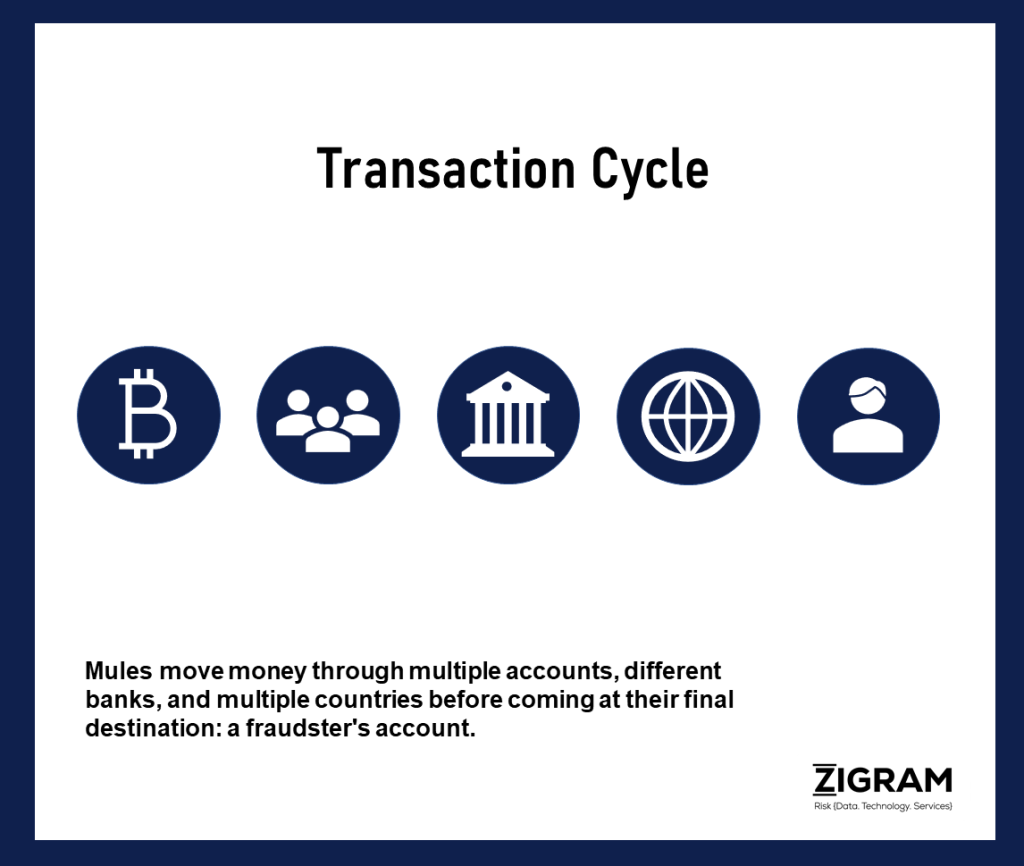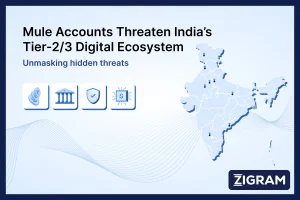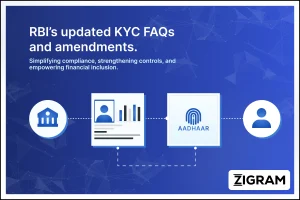In today’s digital world, where financial transactions happen at the click of a button, the risk of online financial fraud has increased significantly. One particular aspect of this risk is the rise of money mules, individuals recruited by criminals to move illegally obtained money. Money mules play a crucial role in the process of cashing out the proceeds of fraud, making it essential for financial institutions to have robust systems and controls in place to detect and prevent their activities.
This article will explore the challenges and risks associated with money mules in an instant payment environment. We will delve into the complexities of online financial fraud, discuss the cybersecurity risks involved, and highlight the importance of fraud prevention and risk management in the digital payment landscape. Additionally, we will examine the role of anti-money laundering (AML) measures, electronic funds transfer security, and the vulnerabilities within payment systems.
We will emphasize the importance of safe money transfers, the impact of e-commerce fraud, and the role of financial technology (FinTech) in countering money mules throughout this detailed examination. By understanding these issues and implementing effective strategies, financial institutions can protect their customers, maintain the integrity of their systems, and contribute to the fight against financial crime.

The Rise Of Money Mules
The first step in addressing the risks associated with money mules is to understand their nature and how they operate. Money mules can be either knowingly or unknowingly involved in the fraudulent and money laundering process. Unknowingly involved money mules are typically individuals who are deceived by fraudsters, while knowingly involved money mules actively participate in illicit activities. Regardless of their level of awareness, money mules are instrumental in helping fraudsters cash out the proceeds of their crimes.
Money mule activities have become increasingly prevalent in an instant payment environment. The speed and convenience of digital transactions have made it easier for criminals to exploit unsuspecting individuals and move illicit funds quickly and discreetly. As a result, fraudsters heavily rely on interconnected mule accounts to transfer and conceal the proceeds of fraud, making it challenging for authorities to trace and recover the stolen funds.

The Challenges Of Detecting Money Mules
Detecting money mules presents several challenges for financial institutions and law enforcement agencies. Money mules themselves are often difficult to identify, as they frequently use fake identities or stolen personal information when opening bank accounts or facilitating transactions. This makes it challenging for authorities to locate and apprehend these individuals.
Furthermore, money mule transactions involve the rapid movement of funds through multiple accounts, often across different banks and countries. The complex nature of these transactions makes it difficult for financial institutions to track the flow of money and identify the ultimate beneficiaries. Criminal organizations take advantage of the online and international nature of money mule operations, recruiting individuals from around the world and crossing international borders to evade law enforcement.
Money mule activities are not limited to specific countries or regions. Criminal organizations target individuals and financial institutions in multiple jurisdictions, taking advantage of differences in financial infrastructure, technological development, and law enforcement capabilities. While certain countries, such as Nigeria, Russia, Ukraine, South Africa, and India, have established significant problems with money mule activities, the issue is global.
International collaboration between law enforcement authorities, regulatory bodies, and financial institutions is critical for effectively combating money mules. These organizations may raise awareness, support tougher rules, and improve fraud detection capabilities by working together. Sharing information about known money mule frauds and tactics can help financial institutions and industry partners stay ahead of evolving threats and disrupt money mule networks.
Measures To Stop Money Mules
Financial institutions, particularly payment account providers like banks and e-money institutions, play a vital role in preventing money mule activities. To effectively address this issue, these institutions should implement a range of measures and technologies to detect and deter fraudsters from using their platforms and harming their customers.
Transaction Monitoring
An advanced transaction monitoring system is essential for detecting money mules quickly, especially in an instant payment environment where money transfers occur within seconds. Such a system should be able to flag transactions that deviate from a customer's typical behavior and identify patterns that may indicate money mule activities. Sudden increases in incoming or outgoing transfers, for example, could be indicative of money mule involvement.
Risk Assessment And Profiling
Developing customer risk profiles based on transaction history, behavior, and source of funds is crucial for identifying high-risk accounts targeted for money mule activities. By understanding the risk factors associated with money mules, financial institutions can strengthen their controls and detection capabilities.
Robust Customer Due Diligence (CDD) And Know Your Customer (KYC) Processes
Verifying customer identities during onboarding is essential, but ongoing monitoring for unusual or suspicious activity is equally important. Regularly updating customer information enables financial institutions to identify new activity patterns or changes in behavior that may indicate money mule activity on existing accounts.
Behavioral Analytics
Using behavioral analytics to track and analyze customer transaction patterns can significantly enhance fraud detection capabilities. The ability to identify deviations from typical behavior and flag transactions that may indicate money mule activity at an early stage is essential for protecting revenue and reputation.
Risk Assessment And Scoring
Assigning risk scores to customers based on factors such as transaction history and behavior can help financial institutions prioritize enhanced monitoring of high-risk customers or transactions. By focusing on these high-risk areas, institutions can minimize losses and identify potential money mules more effectively.
Information Sharing
Establishing protocols for identifying and reporting suspicious activities to relevant authorities, such as law enforcement or regulatory agencies, is essential for stopping money mules. Collaboration with law enforcement agencies and sharing information about potential money mule transactions helps disrupt criminal networks and protect customers.
Customer Education
Educating customers about the risks of becoming money mules is not only good customer service but also crucial for protecting financial institutions. By informing customers about emerging threats and the consequences of participating in money mule schemes, institutions can arm them with the knowledge to avoid becoming unwitting mules. Customer education also helps identify and prevent fraudulent activities before significant financial losses occur.
Money mules pose a significant risk to the financial industry, especially in an instant payment environment. The speed and convenience of digital transactions have made it easier for criminals to exploit unsuspecting individuals and move illicit funds. However, by implementing the measures outlined in this article, financial institutions can effectively detect and prevent money mule activities.
Transaction monitoring systems, robust customer due diligence processes, and behavioral analytics are all vital components of a comprehensive anti-money laundering and fraud prevention strategy. Additionally, collaboration with law enforcement agencies and sharing information about potential money mule transactions can help disrupt criminal networks and protect customers.
By taking a proactive and proportionate approach to addressing the problem of money mules, financial institutions can enhance their controls, minimize financial losses, and maintain the integrity of the banking system. Through international collaboration and continued efforts to educate customers, the fight against money mules can be strengthened, and public trust in banks can be preserved.
ZIGRAM is the one-stop solution for all your compliance needs. Try our FREE DEMO to experience what you’re missing in your AML and KYC processes!
- #MoneyMules
- #InstantPayment
- #Screening
- #Compliance






